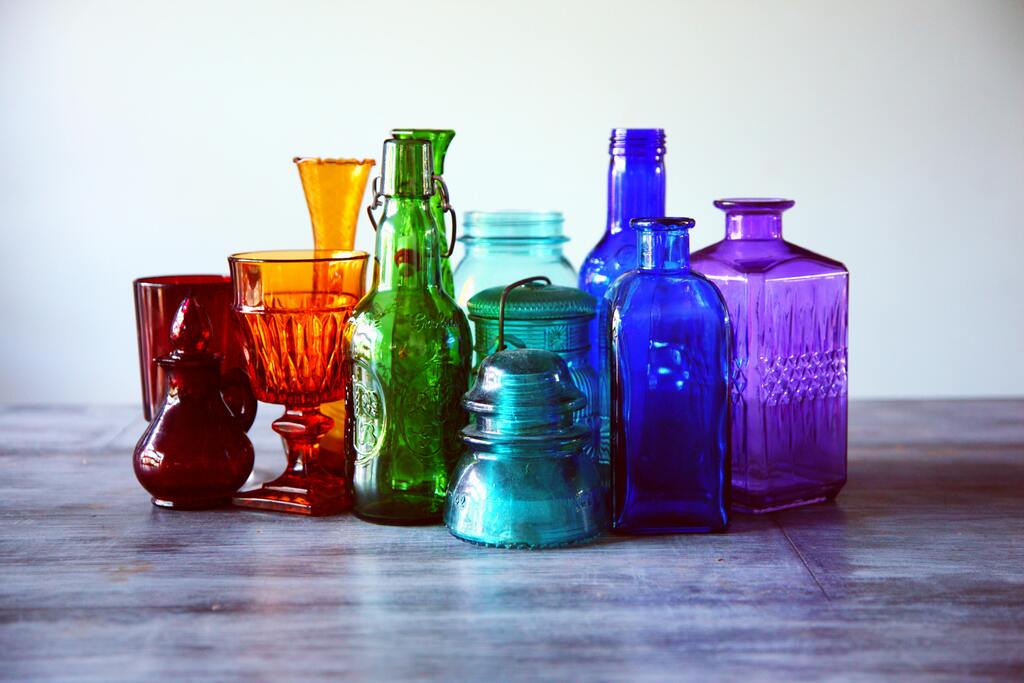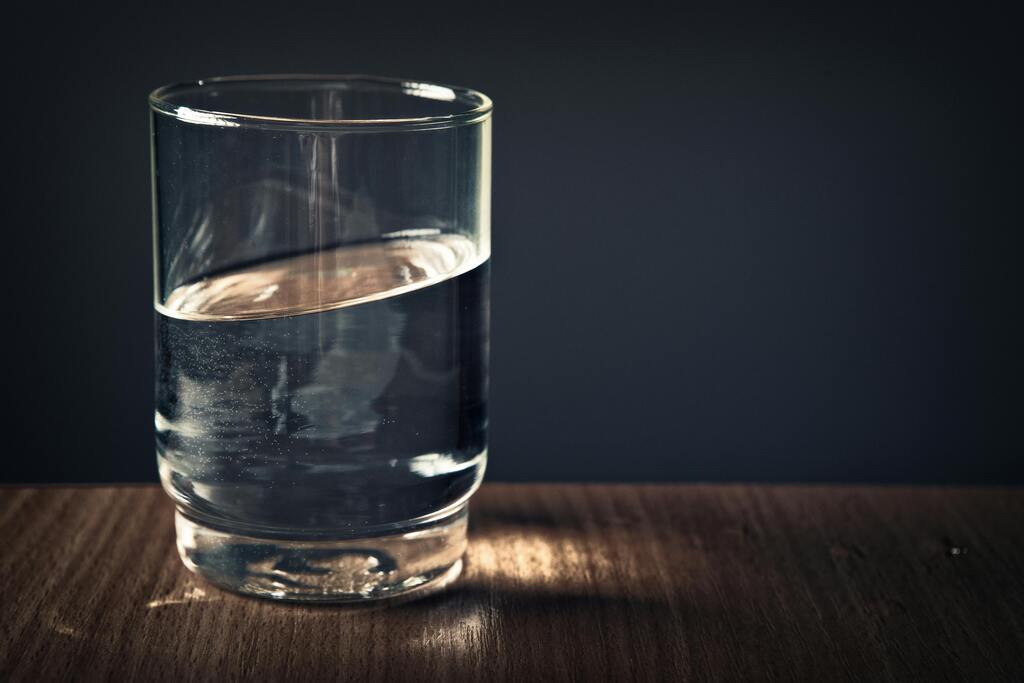Glass is everywhere in our daily lives—from the cup you drink from in the morning to the jar storing your favorite sauce, to the bottles lined up on a store shelf. But how is this versatile material made for household use? And when did glass become a common material for bottles and containers?
This article explores the manufacturing process of household glass items like drinking glasses, jars, and bottles, as well as a brief look at the history of glass packaging.

Household glass, also known as container glass or soda-lime glass, is specifically formulated to be durable, safe, and resistant to repeated use. It’s used in:
Drinking glasses
Food storage jars
Beverage bottles
Decorative items
Though it shares some ingredients with window glass, container glass is usually thicker, more impact-resistant, and sometimes shaped differently depending on its use.
The basic ingredients of household glass are similar to those used in flat glass:
Silica sand – forms the bulk of the glass
Soda ash (sodium carbonate) – lowers the melting point
Limestone (calcium carbonate) – adds strength
Recycled glass (cullet) – improves efficiency and lowers environmental impact
Other minerals – for color (e.g., iron for green, cobalt for blue) or durability
These materials are mixed together in precise proportions to create the ideal blend for forming jars, bottles, and cups.
The raw materials are fed into a high-temperature furnace where they are melted at around 1,400°C to 1,600°C (2,552°F to 2,912°F). This creates a thick, molten liquid that can be shaped into various forms.
Cullet (recycled glass) is often added to the mix, which helps reduce energy consumption and melting time. This step is key in making household glass production more sustainable.
Once the glass is molten, it’s shaped using different methods depending on the product:
A gob (blob) of molten glass is dropped into a mold.
A plunger presses it into shape.
Then air is blown in to refine the form and hollow it out.
Air is used to create a hollow pre-form (parison).
It’s transferred into a final mold where more air blows it into the desired shape.
Molten glass is pressed into a mold with a plunger, creating solid or thick-walled items like cups and bowls.
This stage is highly automated in modern factories, allowing for high-speed and consistent production.
After forming, the glass items are sent through an annealing lehr, a long oven where they are gradually cooled. This slow cooling process relieves internal stresses, preventing cracking or breaking later during use or transport.
To improve durability and prevent scratching, many glass items receive a light surface treatment after forming. Coatings may include:
Hot-end treatment – applied while the glass is still hot to improve resistance to scratching.
Cold-end treatment – applied after annealing to reduce friction between items.
Each item is then carefully inspected for defects like bubbles, uneven thickness, or stress fractures. Defective pieces are recycled immediately.
Once inspected, the finished glassware is cleaned, packaged, and prepared for shipping to stores, restaurants, or directly to consumers.
Glass has been used since ancient times, but widespread use of glass bottles and jars didn’t become practical until the invention of the glassblowing technique around the 1st century BC by Roman craftsmen. This innovation made it faster and cheaper to produce containers.
However, mass production of glass bottles and jars began in the late 19th century, especially after the invention of the automatic bottle-making machine in 1903 by Michael Owens. This revolutionized the industry, making glass containers affordable and widely available for food, beverages, and medicine.
By the early 20th century, glass bottles had become a standard for everything from milk and soda to pharmaceuticals and cosmetics.

While we may take our drinking glasses and jars for granted, the process behind them is a combination of ancient craft and modern engineering. From raw materials to shaping and finishing, household glass production is a fine-tuned process that delivers safe, durable, and beautiful products we use every day.
So next time you pick up a glass bottle or pour from a jar, you’ll know the journey it took—from molten sand to everyday essential.